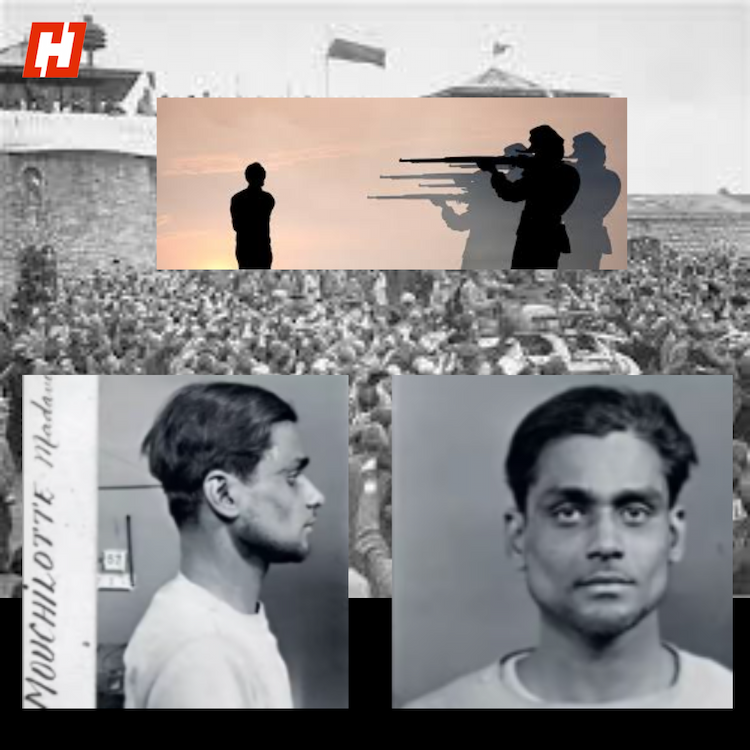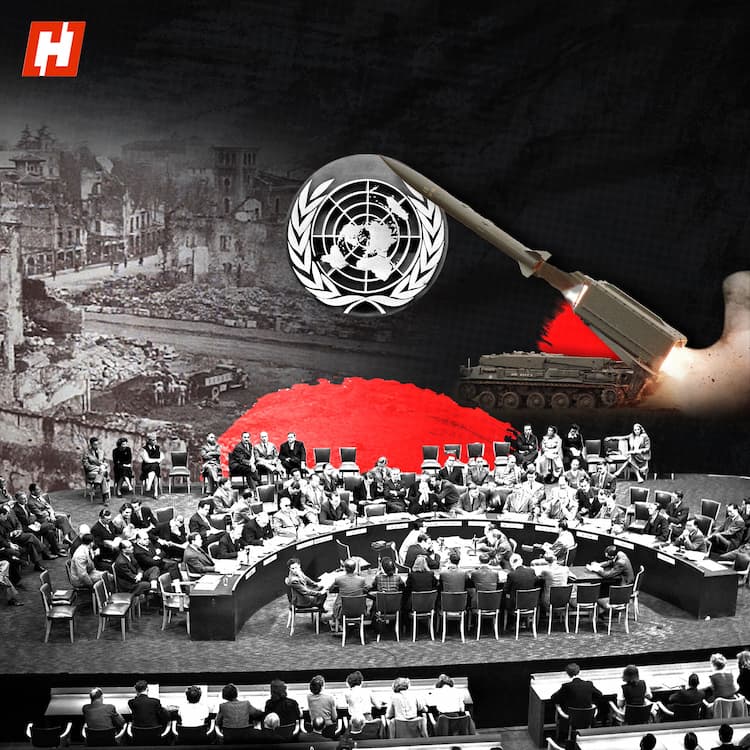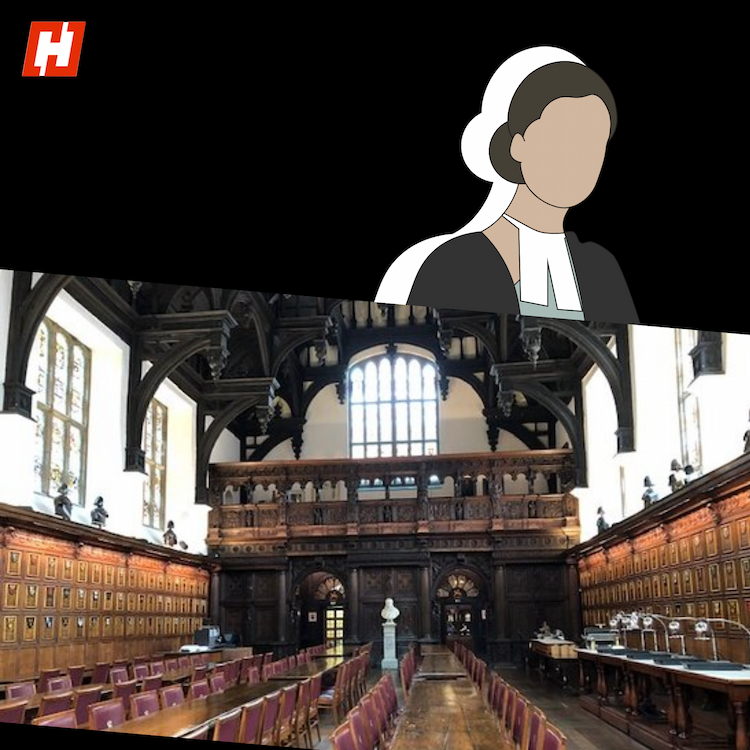Madam Bhikaiji Cama: a force to be reckoned with
Bhikaiji Cama, one of the most prominent female leaders of the Indian independence movement, was born in Bombay to an affluent Parsi business family. Bhikaiji was drawn to activism and politics from a very early age. At the age of 24, she was married to Rustomji Cama, a pro-British lawyer whose ideologies did not align with Bhikaiji’s. Due to this constant friction, the marriage was not a happy one and Bhikaiji turned to her true calling: philanthropy and social activism.
In 1886, when bubonic plague broke out in the Bombay Presidency, Bhikaiji worked tirelessly to provide aid to the affected. Unfortunately, she also contracted the disease and due to her weak health was advised to recuperate in Europe.
In London, she met Dadabhai Naoroji and started working for the Indian National Congress. Due to her activism, she was informed by the British authorities that unless she signed a declaration renouncing her pro-nationalist stance, she wouldn't be allowed to enter India. Not one to back down, Bhikaiji refused and continued living in England.
After relocating to Paris, she founded the Paris Indian Society, along with Singh Rewabhai Rana and Munchershah Burjorji Godrej. They published and circulated revolutionary literature like Bande Mataram (in response to the ban in England of the original phrase) and Madan’s Talwar (regarding the execution of Madan Lal Dhingra). She also aided Indian revolutionaries by sending them financial and other assistance.
First person to hoist the Indian flag on foreign soil
At the International Socialist Conference held in Germany in 1907, Bhikaiji became the first person to unfurl the Indian flag on foreign soil. We were 40 years away from independence, but Bhikaiji’s action was a precursor of what was to come. This version was a tricolour of green, saffron, and red.
The hoisting of the Indian flag brought the struggles and hardships imposed on the Indian public by British colonization in front of an international audience. Despite knowing that her actions could invite charges of treason from the British Indian government and potential deportation to the Andamans, Bhikhaiji continued her quest.
During World War I, she took an anti-Britain stand which led to her being asked to live outside Paris as Britain and France were allies. Despite the roadblocks, she continued helping Indian, Irish, and Egyptian revolutionaries. In 1935, at the age of 74, she was allowed to return to her motherland, India, due to her bad health. She breathed her last in Bombay leaving all her personal assets to an orphanage.
*This article has been curated by Hook. All claims and opinions expressed belong to the original author. Hook does not verify or endorse the information presented and is not responsible for its accuracy.*






